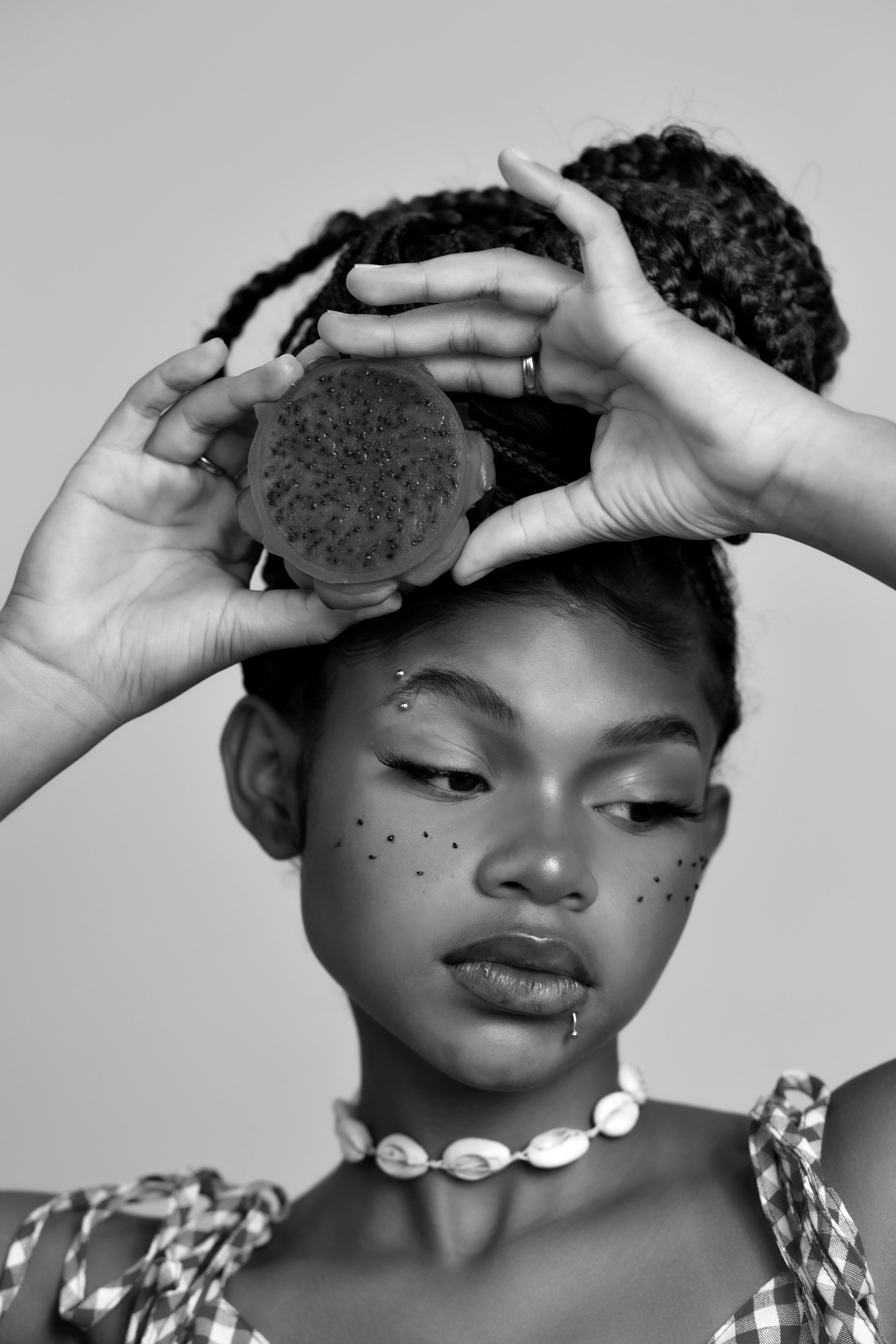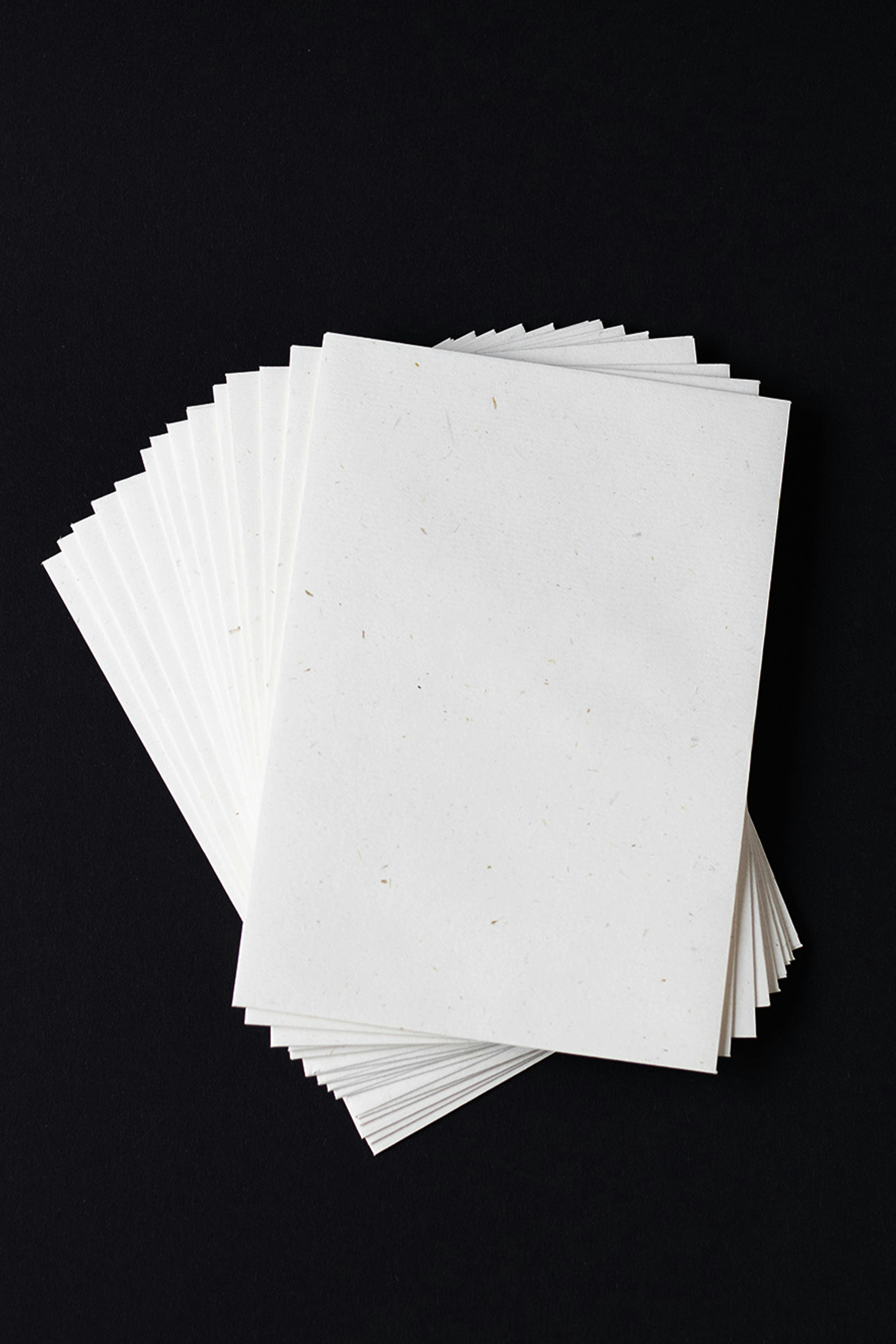
Effective Ways to Prevent Your Ear Piercing from Closing in 2025
Ear piercings are a common form of self-expression, offering an aesthetic appeal that resonates across various cultures. Whether it's your first piercing or you're a seasoned enthusiast, understanding the nuances of ear piercing care is crucial. This article delves into the healing processes of ear piercings, the factors affecting how long they take to close, and effective aftercare practices that can help maintain the beauty of your piercings.
Ear piercings are not just about style; they come with responsibilities. A key aspect of piercing management is understanding your ear piercing healing time, which can vary significantly based on individual factors. From understanding the typical closure times for ear piercings to managing the procedures that enhance healing, this article provides insights into the ear puncture healing period and best practices for ear piercing care.
As we explore the various components influencing healing rates, we will also present expert advice and emotional implications surrounding ear piercings. By the end of this guide, you will have a comprehensive understanding of how to care for your piercings effectively, ensuring they remain a cherished part of your expression for years to come.
Understanding Ear Piercing Healing Stages
Building on the importance of ear piercing maintenance, it’s crucial to comprehend how ear piercings heal. The pierced ears healing stages typically consist of several phases, including initial healing, stabilization, and long-term care. During the initial healing, which lasts approximately 4-6 weeks, it is essential to focus on keeping the area clean to prevent infections.
Initial Healing and Aftercare
The initial phase of healing, often referred to as the acute phase, typically spans 6-8 weeks. This is when the body begins to form new tissue around the piercing. During this stage, proper cleaning ear piercings is vital. Using saline solutions or specific ear piercing cleaners recommended by professionals can significantly reduce the risk of infections.
Another critical aspect of this phase includes avoiding unnecessary touching or twisting of the jewelry. Avoid using harsh substances like alcohol or hydrogen peroxide, which can irritate the piercing. Instead, nourishing the piercing with natural anti-inflammatory solutions can be beneficial.
Signs of Healing and Complications
Recognizing signs of ear healing can enhance your aftercare strategy. A properly healing piercing will feel slightly tender but should not exhibit severe redness, pus, or extreme soreness. In contrast, signs of infection may include persistent pain, swelling, and unusual discharge. If these symptoms arise, consulting with a health professional is advisable. Being aware of the effects of age on piercing closure is vital, as younger individuals might experience a faster healing process compared to older adults.
Long-Term Care and Recovery
Transitioning to the long-term care phase requires consistent attention. Once the ear piercings are fully healed, which can be observed after several months, maintaining the piercing is equally essential. Regularly changing earrings and ensuring they are made from hypoallergenic materials like surgical steel or titanium aids in preventing allergies.
Factors Affecting Piercing Closure Duration
Connected to the healing stages, several factors can influence the closure time for ear piercings. Understanding these elements is critical for proper care and management of your piercing. Ear piercing healing time can vary based on individual anatomy, immune response, and environmental factors.
Role of Skin Type and Care Practices
Your skin type plays an integral role in the healing process. For instance, sensitive skin may require additional care and specific aftercare products tailored to avoid allergic reactions. Additionally, ear puncture healing period can be adversely affected by neglecting proper ear piercing maintenance. Avoiding complications such as keloids, which are raised scars that can form around piercings, is vital.
Jewelry and Material Considerations
The material of your earrings can also greatly impact healing. Using high-quality, safe earring materials not only enhances comfort but can shorten healing times. Research suggests that there is a strong correlation between the impact of jewelry material on healing and the long-term attributes of the piercing.
Age and Health Conditions
Age is another variable that can sway closure times. Children and teenagers typically experience quicker healing lengths compared to adults. Chronic health conditions can also decelerate the body's natural healing processes. It’s essential to discuss any relevant health factors with your piercer, especially if you have a history of healing complications.
Best Practices for Ear Piercing Care
With these care principles established, let's explore best practices for ear piercing care. Proper aftercare can significantly extend the life of your piercing and reduce risks associated with infection or closure.
Daily Cleaning Routines
Integrating daily cleaning routines into your ear piercing care is fundamental. Use gentle soap and water for washing the area while taking care not to submerge your earrings in the cleanser. It’s advisable to book a regular schedule to assess the piercing health and ensure that it remains free of irritation or clogged debris.
Avoiding Infections
To minimize the risk of infections after piercings, always wash your hands before touching your ears. Avoid swimming pools or hot tubs during the initial healing stages, as these environments can harbor bacteria that may compromise your newly pierced ear. Staying informed about signs of infection in ear piercings is essential for prompt intervention.
Addressing Common Mistakes in Ear Piercing Care
Lastly, it is crucial to recognize and avoid common mistakes when caring for ear piercings. This includes refraining from changing earrings too frequently before the piercing has fully healed or using heavy earrings that may burden the healing tissue. Educating yourself on how to navigate ear piercing aftercare will enhance your overall experience and longevity of the piercing.
Emotional and Social Aspects of Ear Piercings
Following the care recommendations, we must address the emotional impact of piercings. Getting an ear piercing can be a transformative experience for many, linking to personal identity and cultural significance.
Cultural Implications and Personal Stories
Ear piercings also play a role in various cultures worldwide, with certain groups perceiving them as rites of passage. Engaging with community experiences and understanding the cultural significance of ear piercings may enrich one's perspective on the practice. Personal stories and experiences shared among peers offer valuable insights into the journey of healing and acceptance.
Risks and Benefits of Piercing
It is paramount to weigh the risks associated with piercings against their benefits. While there are health risks involved, appropriate care can mitigate most issues. Consider discussing with healthcare providers any concerns regarding changes or complications related to your piercings.
Long-term Effects and Coping Mechanisms
Lastly, understanding the long-term effects of ear piercings can help you navigate any possible emotional challenges tied to your choices. Embracing coping tools, such as support groups or peer advice, can provide beneficial guidance through your body-modification journey.
Practical Q&A on Ear Piercing Care
As we conclude, here are some common questions regarding ear piercings, linked to effective guidelines for maintaining your ear piercing's health and longevity.
How long does it take for an ear piercing to close if neglected?
If ear piercings are neglected for an extended period, they may start closing within a few hours to days, depending on multiple factors. The closure time for ear piercings varies, with younger individuals potentially seeing quicker closure.
What are the signs that my ear piercing needs medical attention?
Persistent pain, swelling, and unusual discharge are strong indicators that your ear piercing may require medical attention. Proactively addressing these immediate ear piercing concerns can prevent further complications.
How do I heal my piercings faster?
To encourage faster healing, maintain a consistent cleaning routine, choose hypoallergenic jewelry, and avoid activities that can cause irritation. Incorporating ear piercing aftercare practices effectively supports overall healing.
Can I reopen a closed ear piercing?
Yes, many individuals can reopen closed ear piercings, although care should be taken to ensure it's done under hygienic conditions. Consulting with a professional piercer can provide guidance on how to safely reopen and care for the piercing.
What risks should I be aware of with ear piercings?
The risks include infections, allergic reactions, and keloids. Proper care can mitigate these risks and enhance healing duration. Understanding your body’s response is fundamental when considering new piercings.
For more insights on ear piercing care and practices, check our related articles on caring for ear piercings. Remember to prioritize your health and well-being through informed choices and practices.

